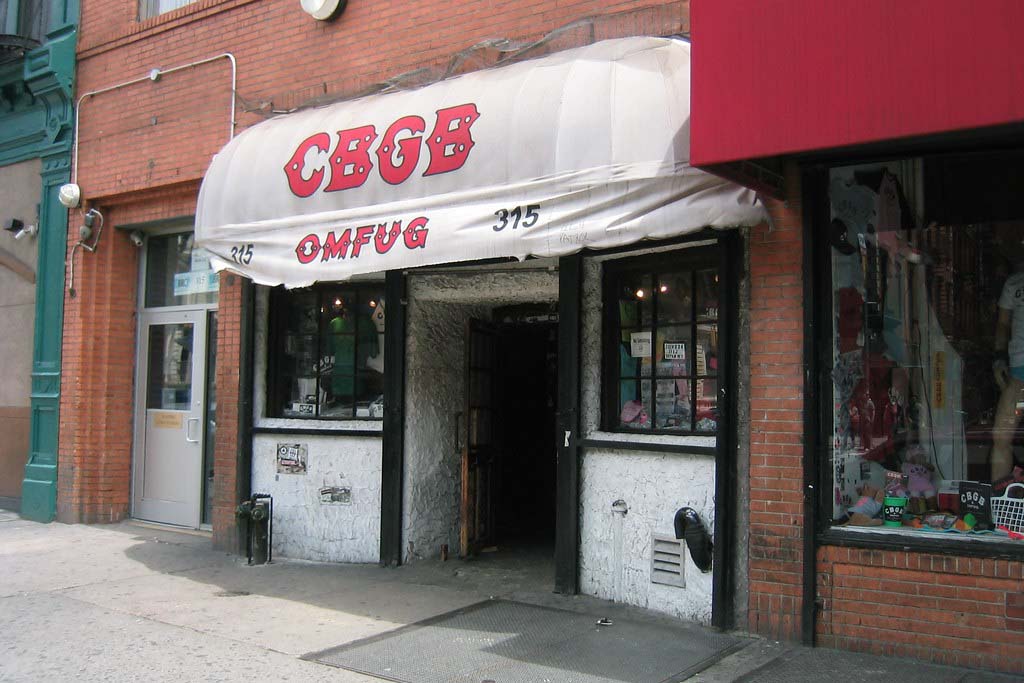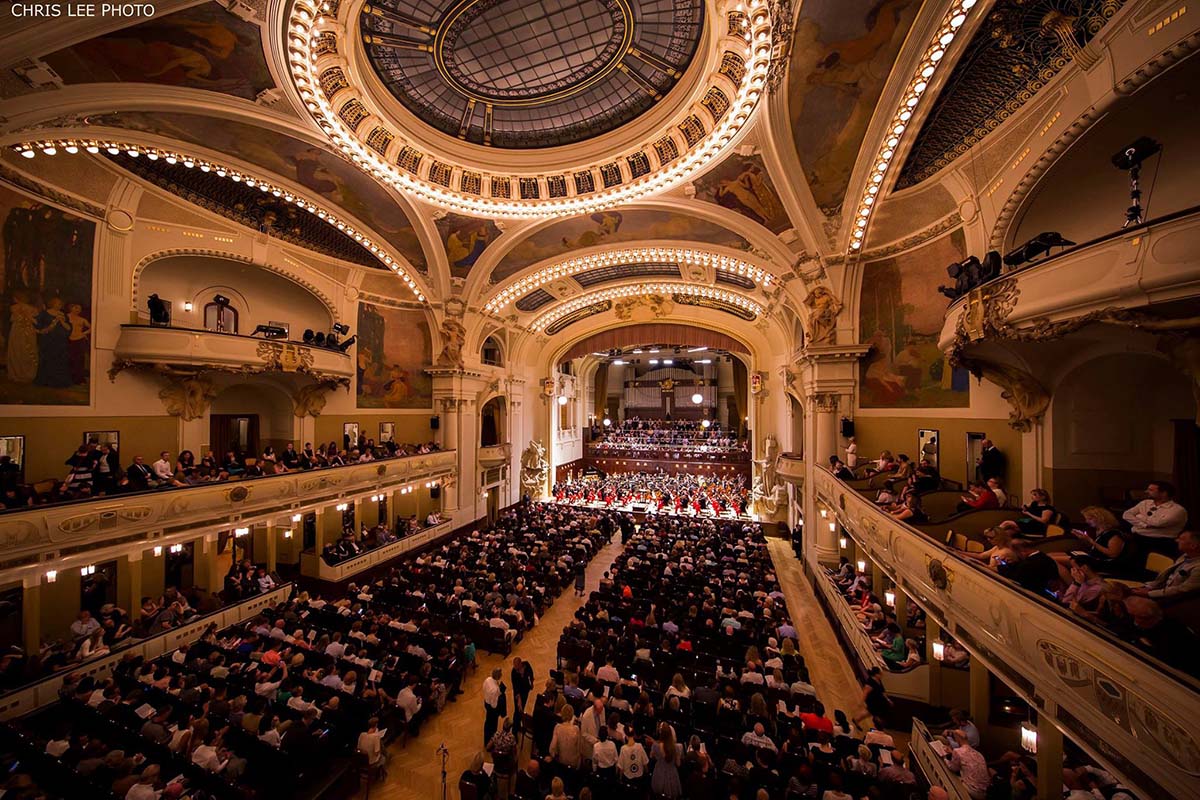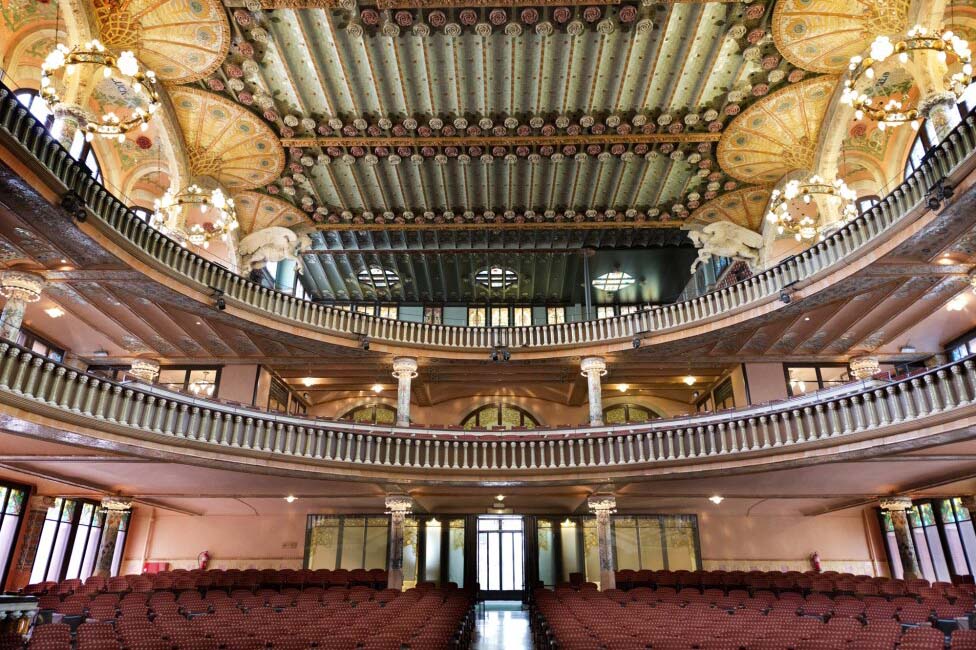Historic music venues hold a special place in the heart of any city’s cultural landscape. These iconic spaces are not just buildings but repositories of memories, emotions, and cultural shifts that have shaped the music scene over decades, sometimes even centuries. From jazz clubs to grand opera houses or nightclubs, these venues have hosted legendary performances and served as the breeding grounds for new musical movements. One such iconic venue is the Great American Music Hall schedule, which reflects a rich tapestry of musical genres and artists. Let’s delve into the cultural impact of historic music venues and understand why they remain irreplaceable.

The Evolution of Music Venues
It is fascinating to note that historic music venues have changed their designs over the years in line with the changing music industry. These spaces’ first goal was to serve classical music and opera, and only the top tier of people could receive that kind of treatment. Later, as the music world changed itself, these venues gave access to a diverse range of music styles including jazz, rock, punk, and electronic music. It was not just about the music, they were different but also about the right to have a high-quality performance wherever you are.
Music venues have frequently been the frontline soldiers in pointing out social issues. Let’s take the Apollo Theater in Harlem, for instance: it played a crucial part in fostering African American music. The Apollo was exceptional in assisting the likes of Ella Fitzgerald, Billie Holiday, and James Brown when racial segregation was at its peak in America, as did venues like CBGB in New York, known for being the start of the punk rock movement and where future legends such as the Ramones and Talking Heads were discovered.

Photo, Chris Lee Photographer.
The Architectural Grandeur
When it comes to the physical structure of a historic music venue, the historical and architectural shell is considered the second important possession that assists in their relevance to cultural change. These buildings are the recipes for modern architectural magnificence, consisting of elaborate and functional designs and repercussions challenging for modern venues to match.
The Great American Music Hall, for one, is a magnificent venue with a hallway deemed iconic, an ornate balcony, and fresco ceilings that can transport its guests back in time. The atmosphere of such venues plays a crucial role in changing the overall experience by making it even more robust and warmer, hence shaping unique connections between the viewer and the performer.
Not only are these sites architecturally splendid, but they also become city landmarks that are unrelated to their architectural significance. They have a part in constructing the city’s narrative of who they are and are a visual manifestation of the local tradition. These are also concrete examples of society’s role in restoring and preserving the buildings, demonstrating social recognition of the structures as valuable and exciting for further ages of the builders and users.
Fostering Community and Creativity
Music spaces heard in the past fall have become more than just music spaces. They provide different bands with opportunities to explore their talent, interpret music through their lenses, and be courageous enough to display their abilities. That sense of community in these spaces gives way to collaborations that push the local music scene to the right path.
Numerous other dimensions of creativity are opened up through these venues, not only for the artists but also for the audiences. The history and mood of the places can generate feelings and sow inspiration. Many artists have regularly stated that the performances that took place in these buildings were very important for them professionally. These spaces catalyze a unique type of live show wherein the crowd is being entertained and healed.

Preserving the Legacy
Historic live venues are critical in upholding the city’s cultural fabric. However, it is regretful that many of these sites have gone, and some of them have been faced with significant physical and cultural problems, receiving blows from a rapid urban development process and a low-profit profile. The preservation actions are executed mainly by specific citizens and concerned organisations, who are in dialogue with the aesthetic of the atmosphere.
The creation of the Seminole Hard Rock Hotel and South Florida, unveiled in 2004, in which people could taste all the facets of life, revamped the cultural roots of the Seminole Tribe. Through an experience with the environment that the restored historic site provides, any human being has the opportunity to rediscover meaning, collect himself, and become a participant in history.
Conclusion
Restored music halls abound in American cities and should be classed as an essential part of the culture. Their primary purpose is to provide the community with pride, happiness, and hope on the one hand and to evoke the ancestral past on the other. They are the realm of musical tradition and the new place where dreams are born, constantly reinventing and often puzzled.
Bands like Cky and Sufjan Stevens perform at the nostalgia-inducing and historic Great American Music Hall. As the community navigates upcoming opportunities, attitudes that pay respect or are indifferent to the developments and happenings of the old music halls will continue to emerge.
Following the path back to the time of live music is the way to revive memories and keep that joyful atmosphere over the years. One more reason for the orientation of the venue that has stood the test of time, such as the Great American Music Hall, is marked on the local scene. The revival of the age-old history and futuristic worldview of such venues would like to advocate growing the influence and expansion of the epigenetic states of awareness.








